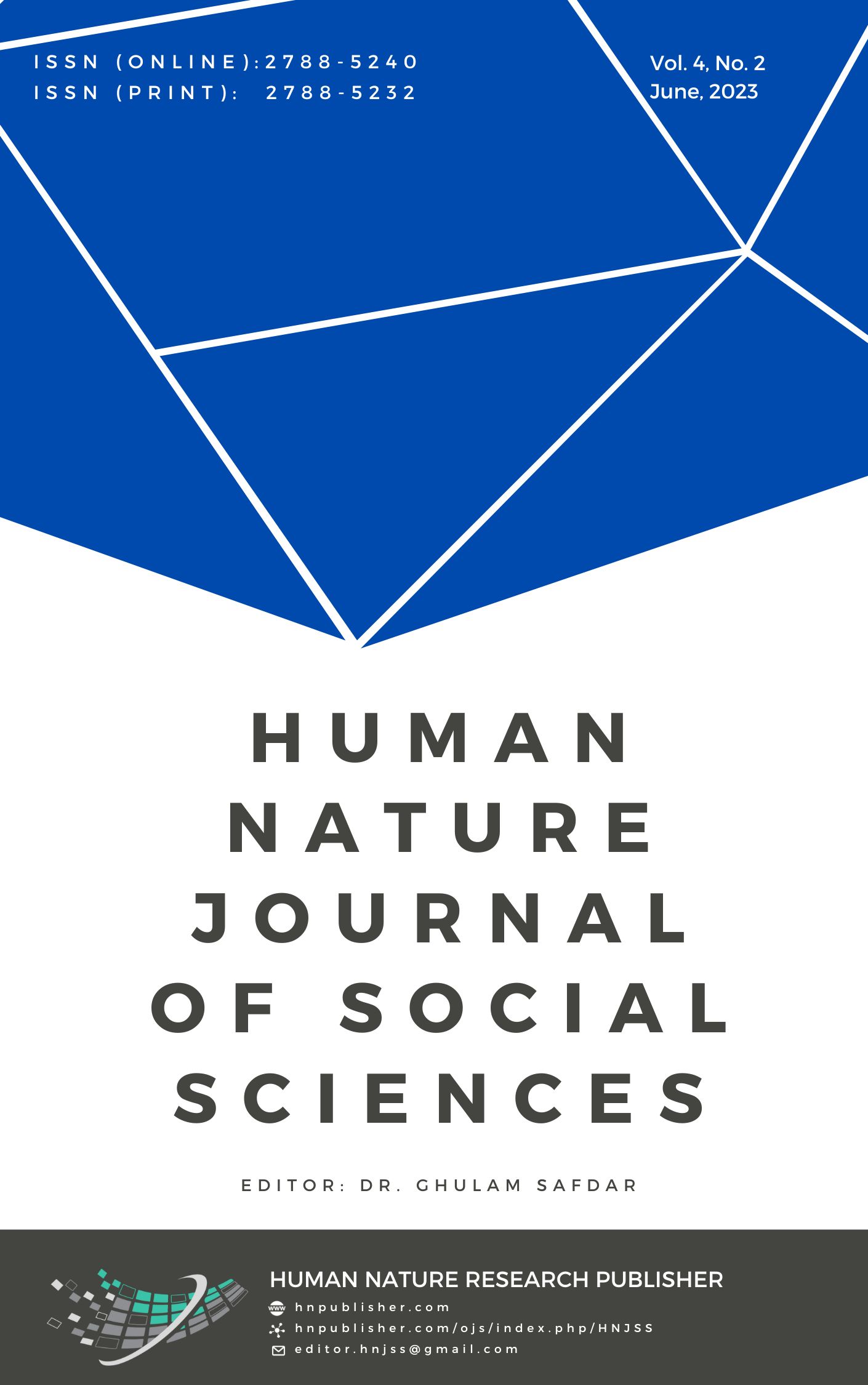Urdu Version of Kiddie Schedule for Affective Disorders and Schizophrenia for School-aged Children (KSADS-PL): Translation and Cross-cultural Adaptation
DOI:
https://doi.org/10.71016/hnjss/gh10tp96Keywords:
K-SADS, Translation, Cross-cultural, Screening, Diagnostic, Semi-structured interviewAbstract
Aim of the Study: The objective of this study was to translate and cross-culturally adapt the Kiddie Schedule for Affective Disorders and Schizophrenia for School-Aged Children (6 to 18 years) K-SADS PL Working Draft Screen Interview and Diagnostic Supplements into Urdu language. To ensure cross-cultural equivalency, dimensions of equivalence were addressed.
Methodology: The study was carried out by two researchers in Rawalpindi/Islamabad, Pakistan. Translation and adaptation guidelines provided by World Health Organization were followed and steps from the Brislin model for translation of tools were incorporated to make the methodology rigorous. The steps included forward translation, committee approach, back-translation, pretesting, cognitive interviewing and systematic debriefing. Expert panel consisted of bilingual individuals, who had experience in working with children. After reviewing the initial forward translations, several probes were reworded and rephrased to make them culturally relevant. The Urdu version obtained from this process was then pretested on a sample of children and parents. Participants were then systematically debriefed and cognitive interviewing was carried out. Input from these interviews was incorporated.
Findings: The process followed for the translation and adaptation purpose lead to the Urdu version of K-SADS-PL Screen Interview and Diagnostic Supplements, which allowed for acceptable cross-cultural equivalence.
Conclusion: The aim of this study was to translate and adapt the KSADS-PL into Urdu, which was achieved by following the above mentioned steps. The tool thus obtained can be used by clinicians and researchers alike for diagnostic purposes. Future studies should focus on validating the tool for indigenous Pakistani population, as well as establishing quantifiable psychometric estimates.
Downloads
Published
Issue
Section
License
Copyright (c) 2023 Amnah Ejaz, Jannat Fazal, Dr. Tamkeen Ashraf Malik (Author)

This work is licensed under a Creative Commons Attribution-NonCommercial 4.0 International License.








